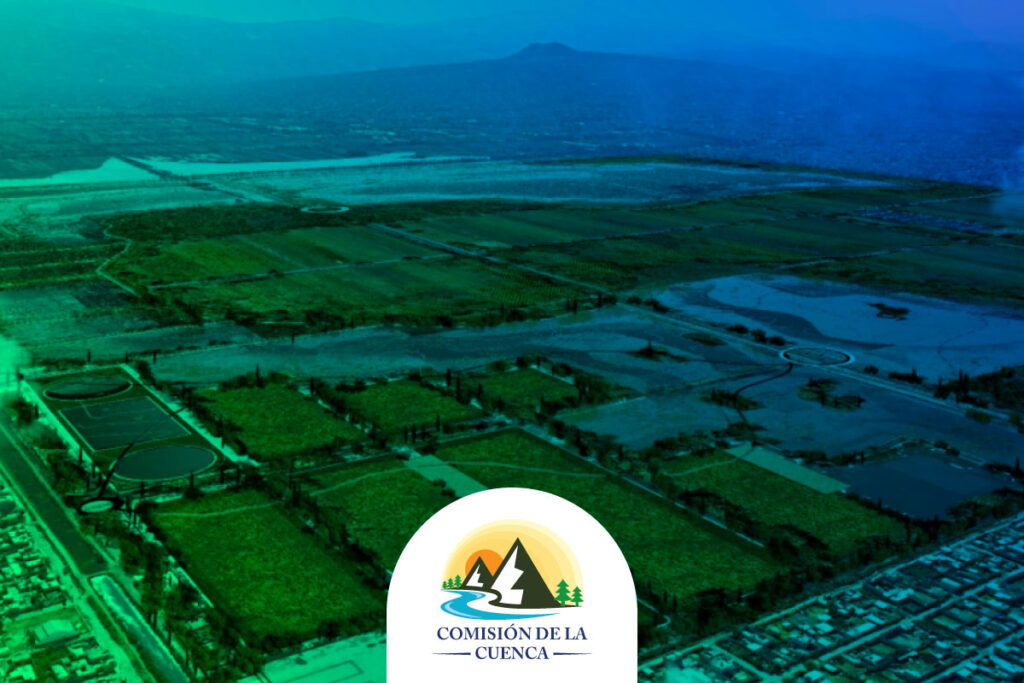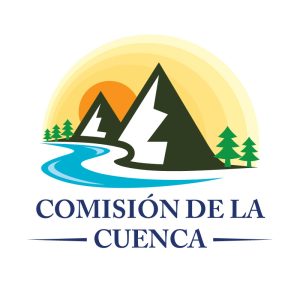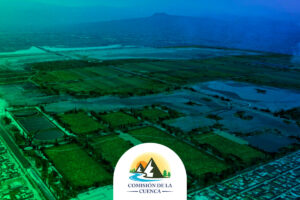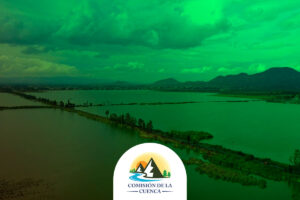It’s easy to hate Nestle’s bottled water business.
The multinational behemoth recently fought a case at the Maine Supreme Court to continue filling Poland Spring bottles — at the same rate the locals pay for tap water. Environmental groups and locals had challenged whether the water company had the authority to sign a 25-year, 603,000 gallon/day contract for public water. The groups lost.

Then the company announced it would build a bottled water facility in Phoenix, of all places, which prompted local outcry and a change.org petition to get Nestle out of the desert city, which pipes nearly all its water from the Colorado River. Ironically, Lake Mead, one of the Colorado’s largest reservoirs serving Phoenix, recently hit its lowest point ever, another marker in the Western United States’ multi-year drought.
It’s this same drought that catalyzed people in Cascade Locks, Oregon to kick Nestle out. After nearly a decade of fighting, under three different gubernatorial administrations, Nestle officially is not allowed to pipe water from the Columbia River Gorge or build a bottling plant in Cascade Locks, after residents successfully initiated a ballot measure prohibiting the sale or transport of water for bottling purposes.
“Nestle can out-lawyer you every time. They have more money than god,” Julia DeGraw, a senior campaigner with Food and Water Watch, told ThinkProgress. “When you take the time to educate voters, there isn’t an amount of money that Nestle can spend to convince them that water isn’t important.” Cascade Locks’ ballot initiative is likely the first time that a municipality has enacted legislation to stop the bottled water phenomenon literally at the source.
Nestle can out-lawyer you every time. They have more money than god
But the problem with bottling water isn’t the drought. The United States still has plenty of drinking water. The problem, water rights activists say, is who gets the water — and what they pay for it.
“Water should be defined as a public good and a human right,” Degraw said.
That sounds simple enough, but in fact our water allocation system is incredibly complex, commodified, and outdated.
The Colorado River Compact dates back nearly a century, and divvies up the river’s flow between Wyoming, Colorado, Utah, Arizona, New Mexico, Nevada and California. Another treaty guarantees some for Mexico, as well. Within the allocations for each state, there are more allocations. These mostly go to agriculture — 75 percent of the Colorado River goes to farmers — but also to municipal water services.
The goal is to use all the water, according to Gary Wockner, the executive director of Save the Colorado, a water conservation group.
There isn’t even enough water for all the allocations, partly because a changing climate has changed precipitation and evaporation patterns (hence the problem with Lake Mead), and partly because the system is built on taking everything.
“The federal law for the Colorado River is ‘drain every drop,’” Wockner told ThinkProgress.
Moreover, across the country, particularly in the West, where water is naturally less abundant, “beneficial use” reigns supreme. And beneficial use — the right of farmers, industry, and municipalities to take water from the commons — means that no value is given to water conserved.
“Keeping water in the river is not deemed beneficial,” Wockner explained.
Fishing. Ecology. A rainy-day fund (a rainless day fund?). These things are not considered, legally, beneficial. In fact, Wockner pointed to one water district in northern Colorado that routinely sells water at auction at the end of the season to make room for the following year’s allotment. In other words, the water company takes more water than it needs every single year. It takes what it is allowed.
Farmers, too, sell their by-right water, and it can fetch a pretty penny: $20,000-$25,000 an acre foot, Wockner said. (That’s about 326,000 gallons, or roughly half as much as an Olympic swimming pool holds). They get it for free, but turning a profit isn’t the only incentive they face. In most places, if they don’t use their water rights, they lose them.
So what does this all have to do with Nestle?
Water should be defined as a public good and a human right
Let’s get back to the ballot measure, and to the battle in Maine.
Nestle, quite literally, wants to take public drinking water, put it in bottles, and sell it back to the public. When Flint’s water failed, bottled water was there. In California’s massively polluted Central Valley, arguably the agricultural center of the nation, there is arsenic in the pipes, but bottled water is there. At some point, failing to keep up our public water supplies makes bottled water inevitable. But bottled water also deters us from keeping up our public water supplies — and propagates the idea that clean water is something we purchase.
In fact, the bottled water industry has been criticized for positioning itself as the “clean” alternative to tap water — even though, in this country, at least, (and the Flint scandal notwithstanding) tap water is generally quite good.
Fuente: The Battle Over Public Drinking Water Has Just Begun




